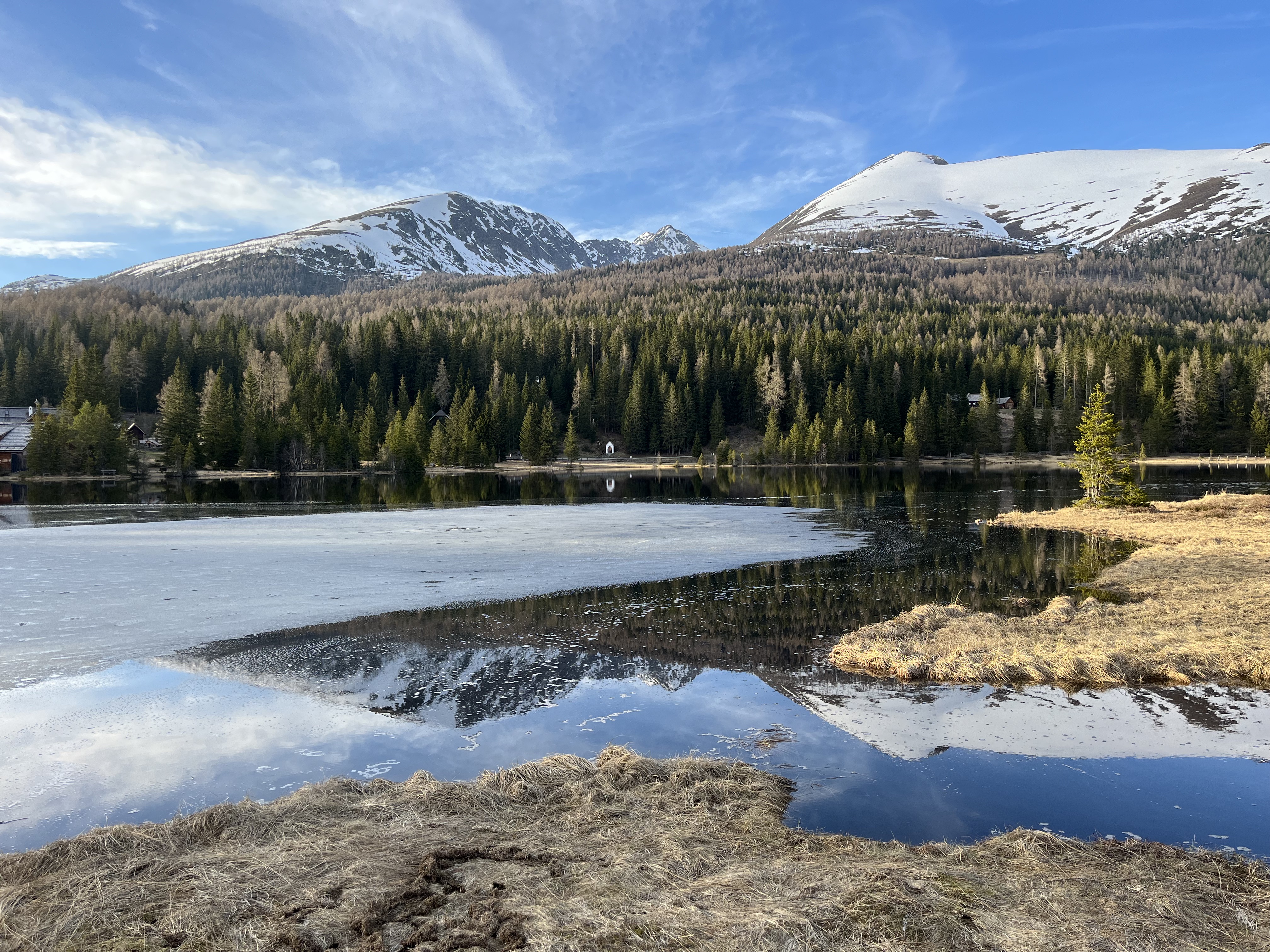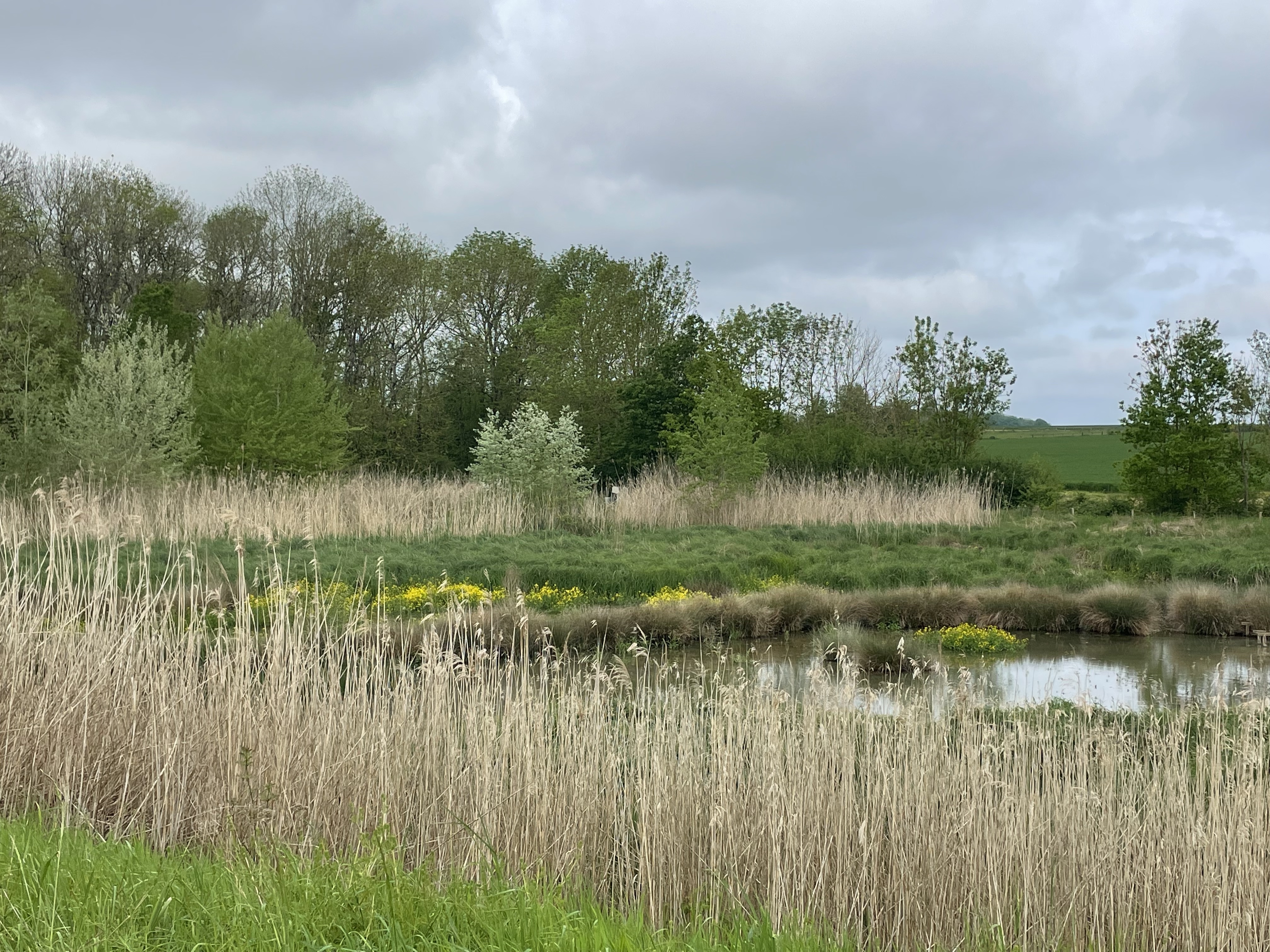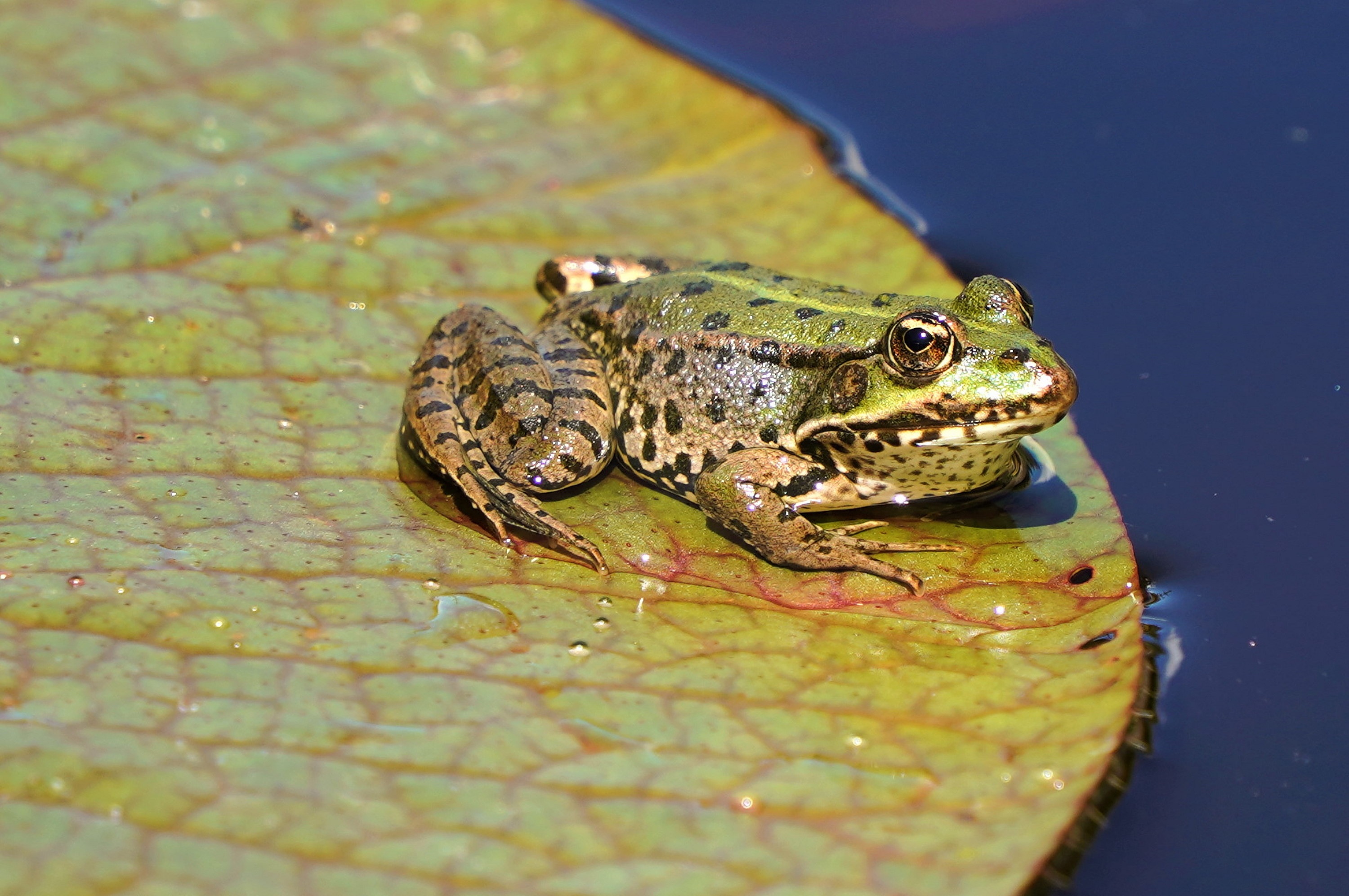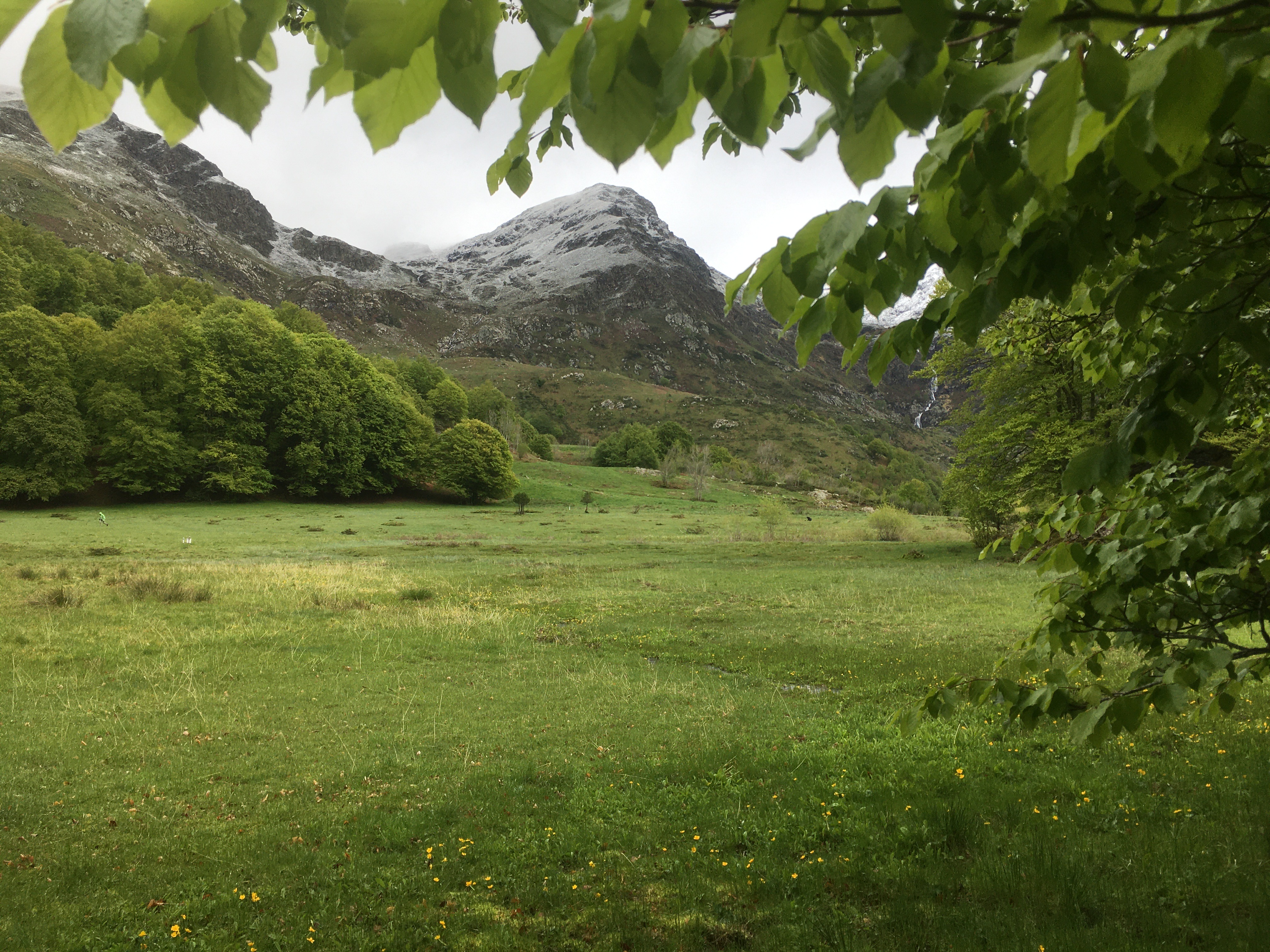Wetlands of Austria
One of the projects where the European Wilderness Society is involved is the ALFAwetlands transnational Horizon project. The project is aimed at improvement of the geospatial knowledge base of wetlands evaluation of the wetland restoration pathways. Furthermore, it incorporates a co-creation process and provides information and indicators for sustainability to maximize climate change mitigation, biodiversity and other benefits.
Support of Austrian wetlands conservation and restoration is also part of the ALFAwetlands project.
Austrian Wetlands
Austria’s wetlands come in various forms, each with its own distinct characteristics and ecological significance. Marshes, bogs, fens, and floodplains dot the Austrian countryside, creating a mosaic of habitats that support an astonishing array of plant and animal life. While some wetlands are found nestled in the Alpine valleys, others flourish in the lowlands and along riverbanks, showcasing the country’s rich natural diversity.
Role of Wetlands
Austria’s wetlands play a crucial role in maintaining ecological balance. These ecosystems act as nature’s water purifiers, filtering pollutants and sediment from runoff, thereby improving water quality. They also serve as natural sponges, absorbing excess water during periods of heavy rainfall and mitigating the risk of floods downstream. Moreover, wetlands provide breeding grounds for amphibians, nesting sites for birds, and feeding grounds for countless other species, contributing to the overall biodiversity of the region.
Historically, wetlands have provided valuable resources for local communities, including fish, reeds for thatching, and peat for fuel. Today, they continue to be used for recreational activities such as birdwatching, hiking, and nature photography, drawing visitors from near and far to marvel at their natural beauty.
Threats to wetlands
Despite their ecological importance, Austria’s wetlands face a myriad of threats, including habitat loss, pollution, and climate change. Human activities such as drainage for agriculture, urban development, and industrial pollution pose significant challenges to the integrity of these fragile ecosystems. Rising temperatures and altered precipitation patterns further exacerbate the situation, putting additional stress on wetland habitats and the species that depend on them.
“In the last 200 years, Austria has destroyed between 70 and 90 percent of its natural wetlands through targeted drainage, pollution and construction,” says biologist Bernhard Kohler from the nature conservation organization WWF Austria. “Nevertheless, the remaining areas are only inadequately protected and are often poorly looked after, even within existing protected areas.”
Ramsar sites
The international RAMSAR convention for the protection of wetlands was launched in 1971 and has so far been signed by more than 160 countries. Austria joined the agreement in 1983 and thereby committed itself to comprehensive wetland protection. 24 Austrian areas have been designated as Ramsar sites.
Wetlands conservation and restoration
However, concerted conservation efforts are underway across Austria to protect and restore these invaluable ecosystems. Through initiatives such as habitat restoration, wetland conservation zones, and public awareness campaigns, stakeholders are working together to safeguard Austria’s wetland heritage for future generations.
In conclusion, Austria’s wetlands stand as testament to the intricate beauty and resilience of nature. As we live in the rapidly changing world, we should remember the invaluable role these ecosystems play in sustaining life and preserving our planet’s rich tapestry of biodiversity. By embracing a culture of conservation and stewardship, we aim to ensure that Austria’s wetlands continue to thrive, serving as havens of biodiversity and sources of wonder for generations to come.
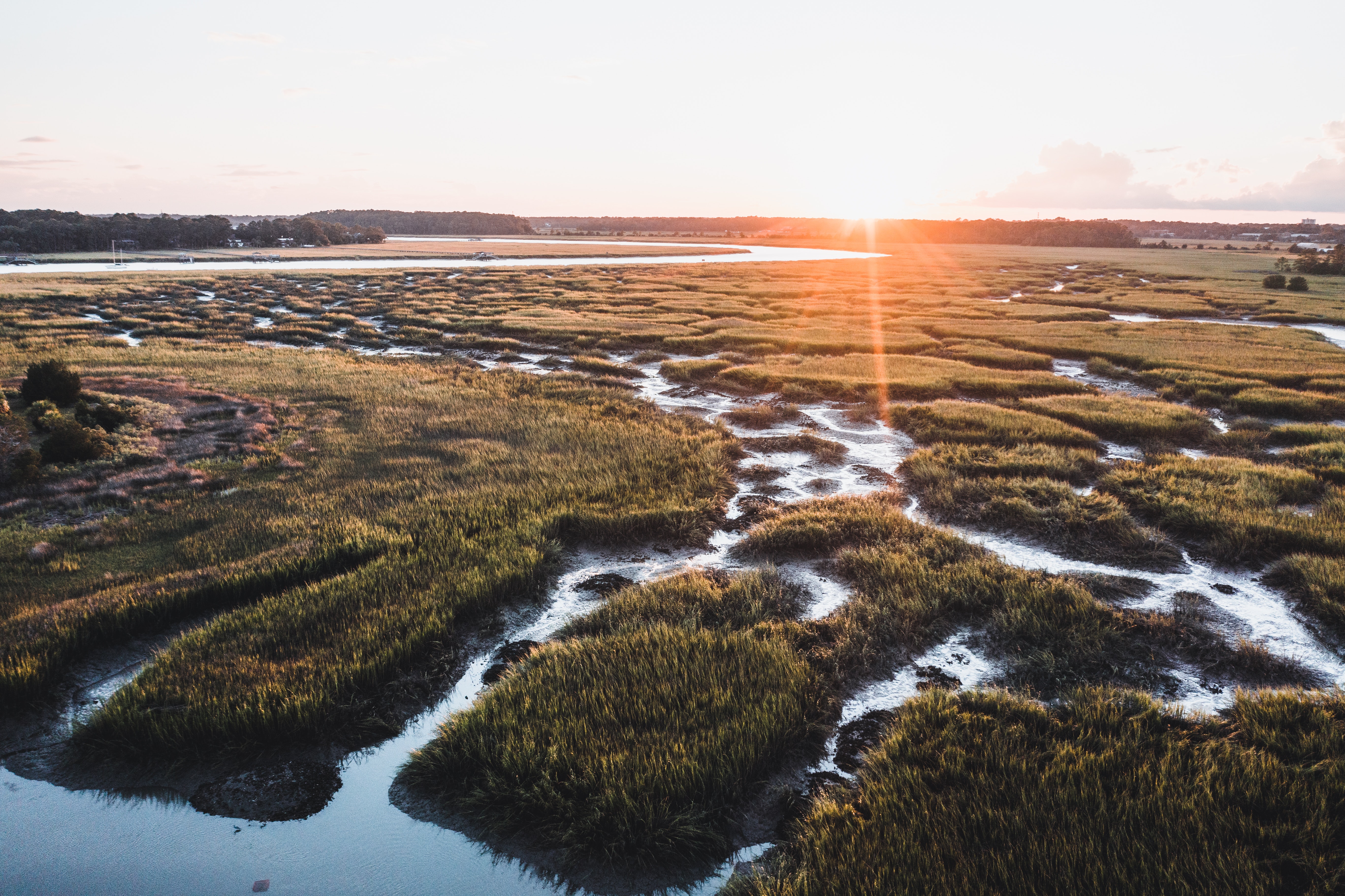
Photo provided by Arno Cimadom. Neusiedler See National Park

